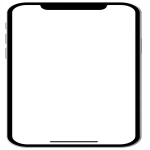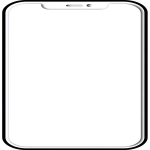Explore the Best AI Image Gallery

Beyond the Brush: How Wearable Tech is Transforming the Creative Process
For centuries, creativity has been confined to traditional tools and mediums. Yet, the emergence of wearable technology is shattering these boundaries, ushering in a new era where artistic expression transcends physical limitations. From augmented reality experiences that overlay digital elements onto the real world to haptic feedback that allows artists to feel their creations, wearables are revolutionizing how we conceive, create, and interact with art.
Painting with Light: Wearables in Visual Arts
Visual artists are at the forefront of this wearable revolution. Imagine a painter who can control the flow of light and color directly through their movements, guided by sensors embedded in their clothing or gloves. Wearable displays, projected onto clothing or accessories, allow artists to create interactive installations that respond to the viewers presence and movement. These innovations blur the lines between artist and audience, inviting viewers to become active participants in the creative process.
3D sculpting is also undergoing a transformation thanks to wearables. Haptic gloves provide tactile feedback, allowing sculptors to feel the contours of their creations as they manipulate digital models. This immersive experience offers a new level of precision and control, pushing the boundaries of whats possible in three-dimensional art.
Sound Sculpting: Wearable Technology for Audio Arts
Beyond visual arts, wearable tech is reshaping audio creation. Composers and sound artists can now use motion sensors embedded in clothing or instruments to translate movement into musical notes. This opens up a world of possibilities for creating dynamic, responsive soundscapes that react to the performers every gesture.
Imagine a symphony orchestra where each musician wears a sensor-laden vest, their movements influencing the intensity and rhythm of the music. The result is a truly collaborative performance, where sound and motion are intertwined in a breathtaking fusion of art and technology.
Ethical Considerations: Navigating New Creative Territories
As with any groundbreaking technology, wearable tech in the creative industry raises important ethical considerations. Data privacy is paramount; artists must be mindful of how their movements and creations are being collected, stored, and potentially used. Furthermore, ensuring equitable access to these tools is crucial to prevent a widening gap between those who can afford advanced technology and those who cannot.
Its essential to promote transparency and open dialogue about the ethical implications of wearable tech in art. By addressing these concerns proactively, we can harness the transformative power of this technology while upholding the values of artistic integrity and social responsibility.
Future Trends: A Glimpse into the Wearable Creative Landscape
The future of wearable tech in the creative industry is brimming with possibilities. Imagine:
- Brain-computer interfaces (BCIs) allowing artists to translate their thoughts directly into art, bypassing the need for traditional tools.
- Advanced haptic feedback systems that enable artists to feel textures and shapes with unprecedented realism in virtual and augmented reality environments.
- Collaborative wearable platforms where artists from around the world can co-create projects in real time, regardless of physical location.
These innovations will undoubtedly blur the lines between imagination and reality, empowering artists to explore new creative frontiers and redefine the very nature of artistic expression.

](https://images.ai-img.art/thumbnails/150/87223bcd1dd489967e049024077e69c59a8d0a7d856a01b269f39543e01743b0.webp)



](https://images.ai-img.art/thumbnails/150/84413140dfbf73432940633887d0996571932a82c7b12f7f419b5ad29bd451d3.webp)

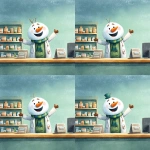
](https://images.ai-img.art/thumbnails/150/373119af50bb2bbfb50a8cdc8553ce406f53ca4cb5768634dc4829a74f518099.webp)
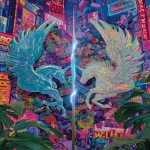





](https://images.ai-img.art/thumbnails/150/f971ca6f483297e9a02f45e3e32f25bd38fe56db23a5028d2c9f83e8d8722fce.webp)
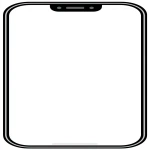






](https://images.ai-img.art/thumbnails/150/653a399f3dad2365351e1bc05bd0ccfd971813d543790c0a02d14aad7607acf7.webp)




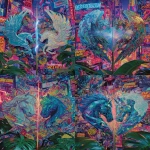


](https://images.ai-img.art/thumbnails/150/6ab3cb7e5b139d753829753b763176e20426c8c682186b969c401f63e1244c8e.webp)
](https://images.ai-img.art/thumbnails/150/237a4fb11ca3d9f5be206e8e30cdacfd75812c7759119ed538b34fe6182abbed.webp)
](https://images.ai-img.art/thumbnails/150/e7ac2b994cbd3f5844034baa2b1c62944b79a018d48a3b8bf06cb33f39c3fbbc.webp)

](https://images.ai-img.art/thumbnails/150/d9da31863471e24e22e6987ea60c8dca3b3116fe9a2769316442fca4e0d14825.webp)










